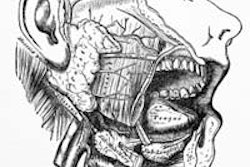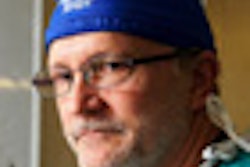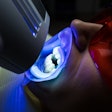A 5-year-old boy old has become the first pediatric patient in the western U.S. to undergo transoral robotic surgery (TORS) to repair his rare congenital condition, a laryngeal cleft.
Leonidas Hill was born with both a laryngeal cleft and a cleft lip and palate, defects that occur during embryonic development, according to the University of California, Los Angeles (UCLA). His cleft is an extremely rare airway defect in the laryngotracheal wall that results in an abnormal opening between the larynx and the esophagus. This allows food to get into the airways and even the lungs.
Hill's cleft, which was classified as type 3 (type 4 is the most severe), extended beyond his voice box and into his trachea, leading to tracheomalacia, a condition that occurs in newborns in which the cartilage of the trachea has not developed properly. Because of this, the trachea walls are floppy and collapse, resulting in breathing difficulties.
Hill's breathing difficulties began soon after birth, and he underwent a tracheotomy-tube placement as an infant to help with his airway issues.
UCLA surgery professor Abie Mendelsohn, MD, operated on the boy using a special carbon-dioxide laser-fiber adapter for the robot to destroy the cleft's inner lining, which allowed for wound healing of the cleft. Following the laser procedure, she used the robot to transorally place sutures within the larynx and trachea to hold the two ends of the cleft together.
The boy made a speedy recovery and was back at school within days, according to the university. His prognosis is good, with the hope of removing his tracheotomy tube soon.



















